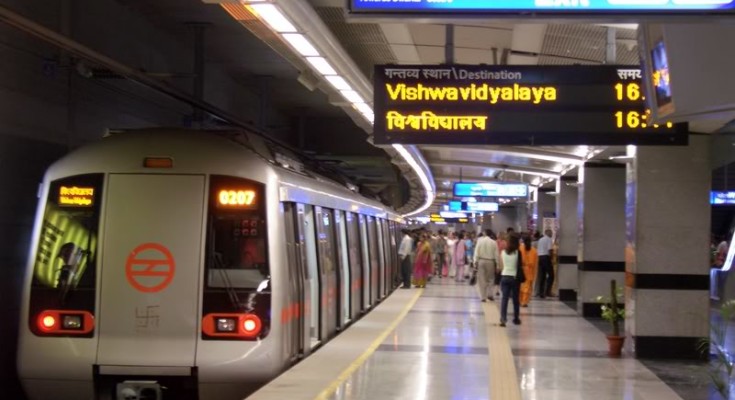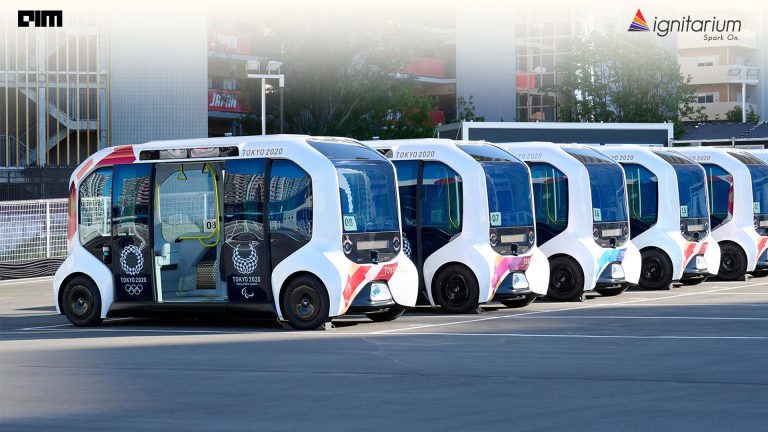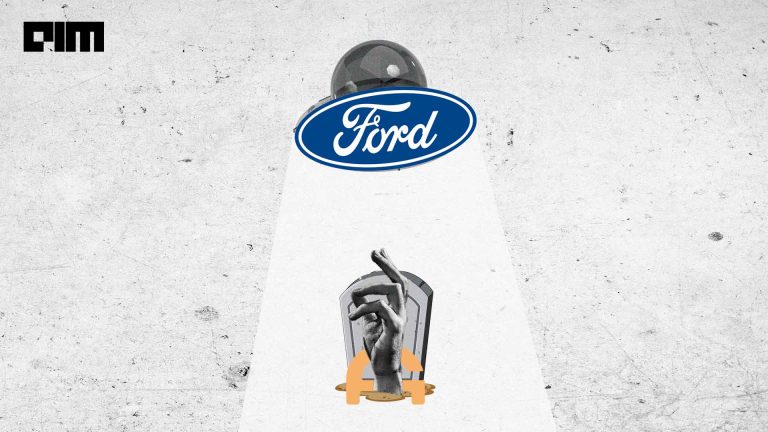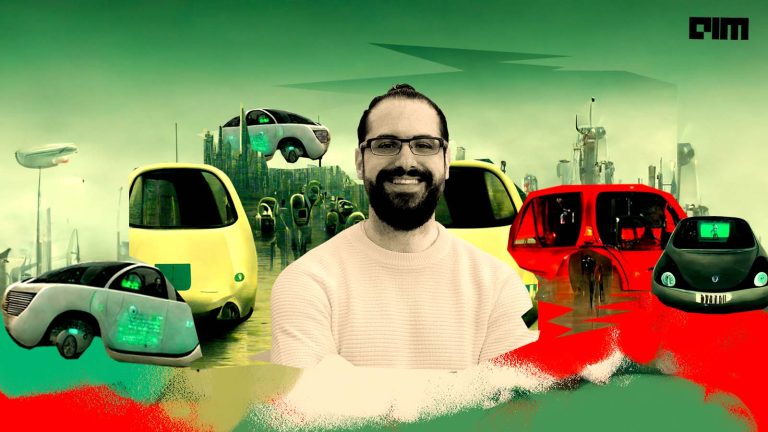When it comes to vehicular automation, trains are way behind time, if compared to cars and aeroplanes. With various players in the competition and all aiming for the same target it seems like the train industry will grow at an enormous pace. We can get a crude sense of excitement of the way in which the autonomous train market will develop given the autonomous car industry is set to be worth $7 trillion by 2050.
As with any other vehicle there will be multiple stages of development for intelligent trains as well. India seems to have started its journey in train automation with its senior ministers putting special emphasis on new technology and AI. In India, the government is planning to introduce artificial intelligence in railways. Analytics India Magazine had quoted Piyush Goyal, Union Minister for Railways and Coal, saying, “The tiger will be ridden by the human being. AI, its relevance and outcome, will all be driven by you and me… It is a tool that you and I will ride. It’s not a replacement for us, it will help and aids us.”
Autonomous Train Market
The Transparency Market Research says the market for autonomous trains will grow at a CAGR of 12.70% by 2025. Another research firm said, “The autonomous train market is estimated to be 60,078 Units in 2018 and is projected to reach a market size of 106,290 Units by 2030, growing at a CAGR of 4.87% during the forecast period.” The report also says that the Communication Based Train Control (CBTC) family of technology is the mostly used technology in the autonomous train market. As the report mentions, “CBTC is a widely used signaling technology in all metros and light rails across the globe. Almost 68% of the world’s automated metro lines are operated with the help of CBTC systems, which is close to three-quarters of the newly built fully automated metro infrastructure in the last decade.”
In terms of adopting autonomous trains, there are several examples:
- SNCF, which is France’s national state-owned railway company is working to make their high-speed trains fully autonomous. Widely reported improvements also say that the improvement could reduce the time between trains from 180 seconds to 108 seconds. This will result and the number of trains going on one single side line will increase by around 25%. SNCF is currently using “autonomous steering driven by sensors and computer programs”.
- Similarly, the German Railways or the Deutsche Bahn, is already planning to make its network fully autonomous by 2023.
- Even though the a metro run by the Metro Corporation in Delhi crashed a wall during a testing of the driverless feature, the officials are confident of successfully running driverless metros in the future.
- Australia’s ruling safety board recently approved the train and the system which works under the entire system called AutoHaul. It was recently reported that the autonomous train, consisting of “three locomotives, carried about iron ore worth 28,000 tonnes for almost 280 km from the company’s mining operations in Tom Price to the port of Cape Lambert on 10 July 2018.”
Stages Of Autonomous Trains
It comes as no surprise, given that the technology is already here, and decisions are expected to be made swiftly. Technology is not really the hindrance in having an autonomous railway system, but there are other factors behind it. Autonomous trains will be equipped with great camera systems, highly powered sensors, state of the art GPS data. All these components will be controlled by a powerful and high-end computer with ML capabilities. Special emphasis is also given on passenger safety and integrity of the computer system and they become an essential system.
According to the industry, there are four stages for automated trains:
- Automated Train Protection (or ATP) which is a component that always checks speed and stop when it is time to stop
- Automated Train Operation (ATO) which handles ops like track changing and others.
- Driverless Train Operation (DTO) which involves driverless trains and an attendant to take control when the train is in dangers.
- Full autonomy
Wired quoted Dr David Clarke, director of the University of Tennessee Center for Transportation Research Center saying, “The stopping distance of a train is much longer than a car… It could be close to a mile.” This feature of a train is really important since the train as a vehicle is huge. The train has tons and tons of body weight and cargo and it is imperative to stop it in time and for that it is important to spot obstacles and passengers.


















































































